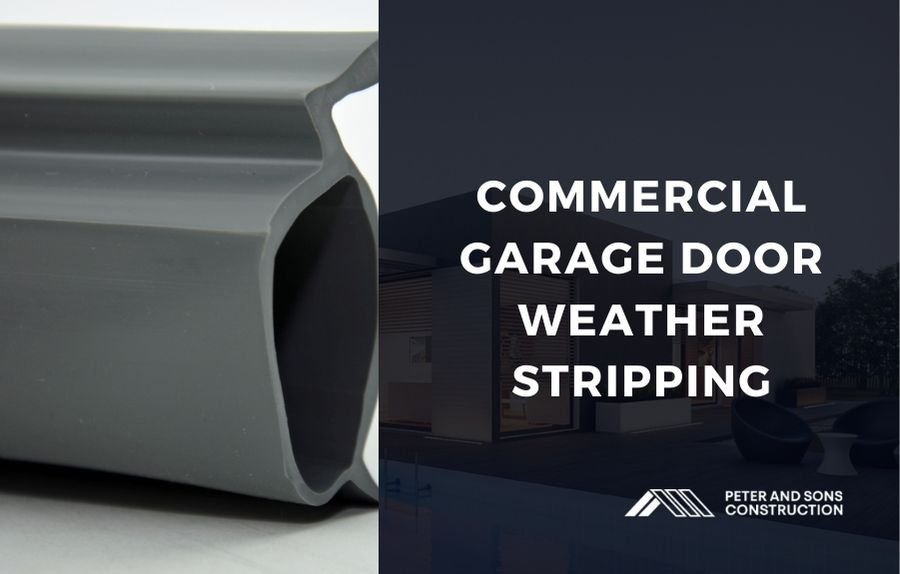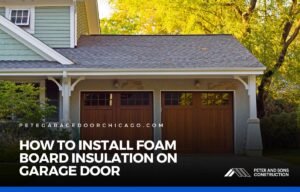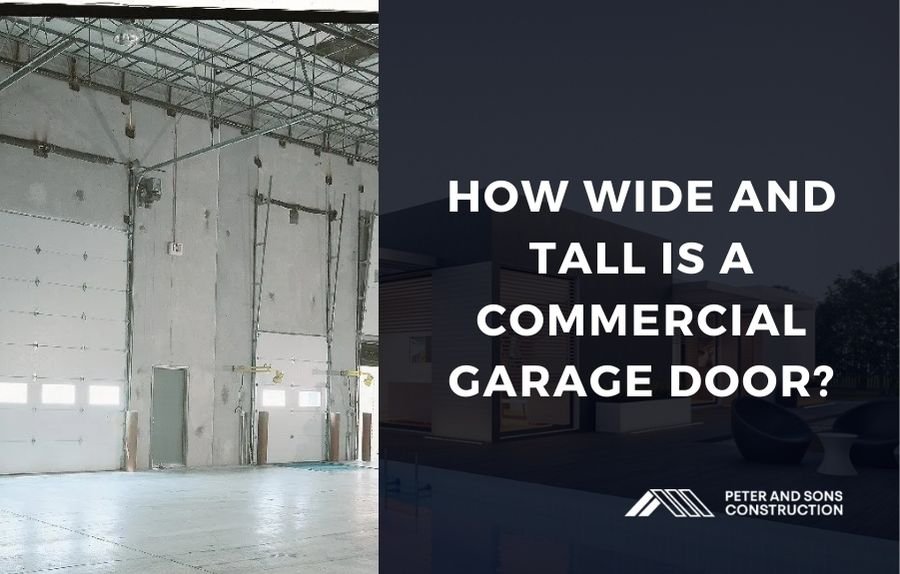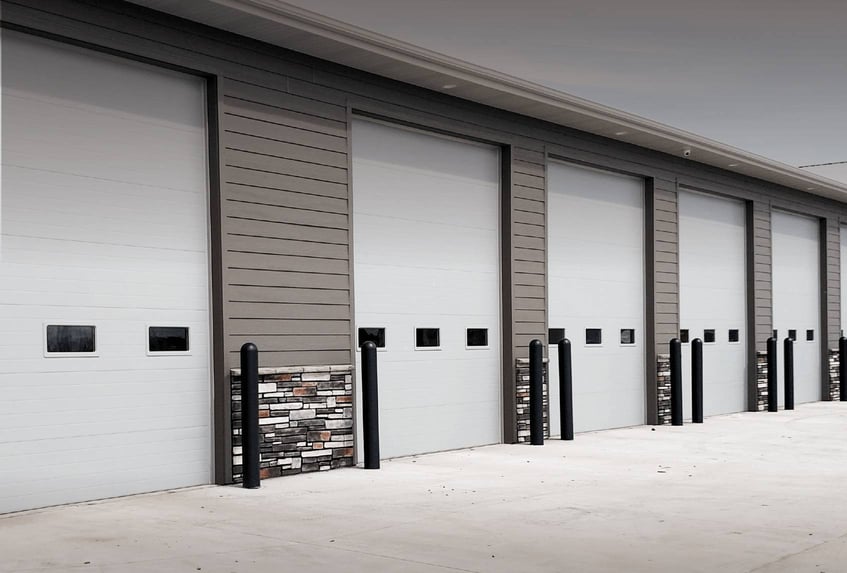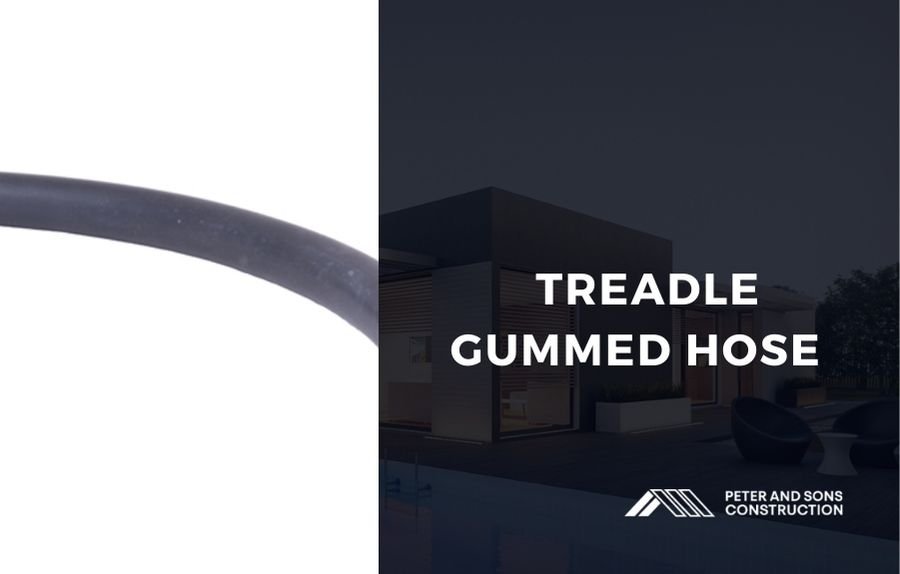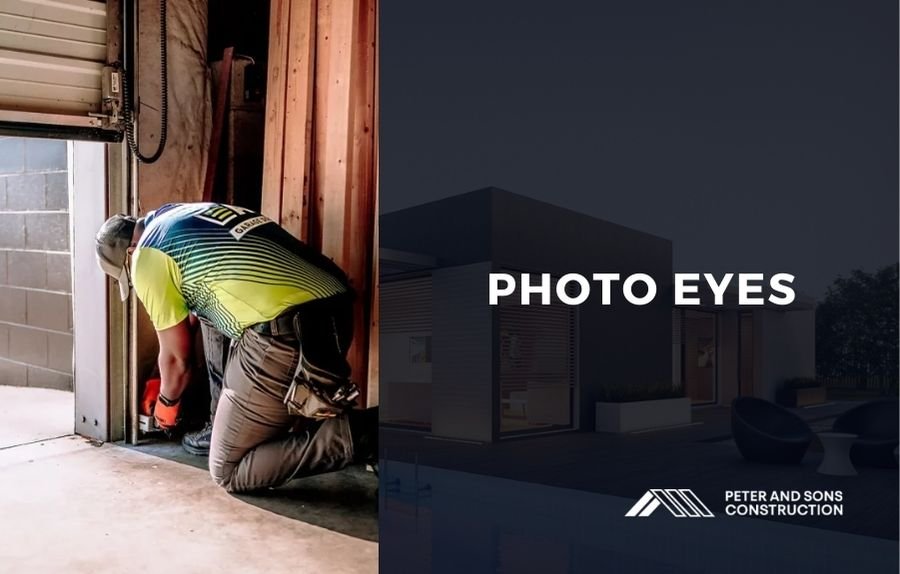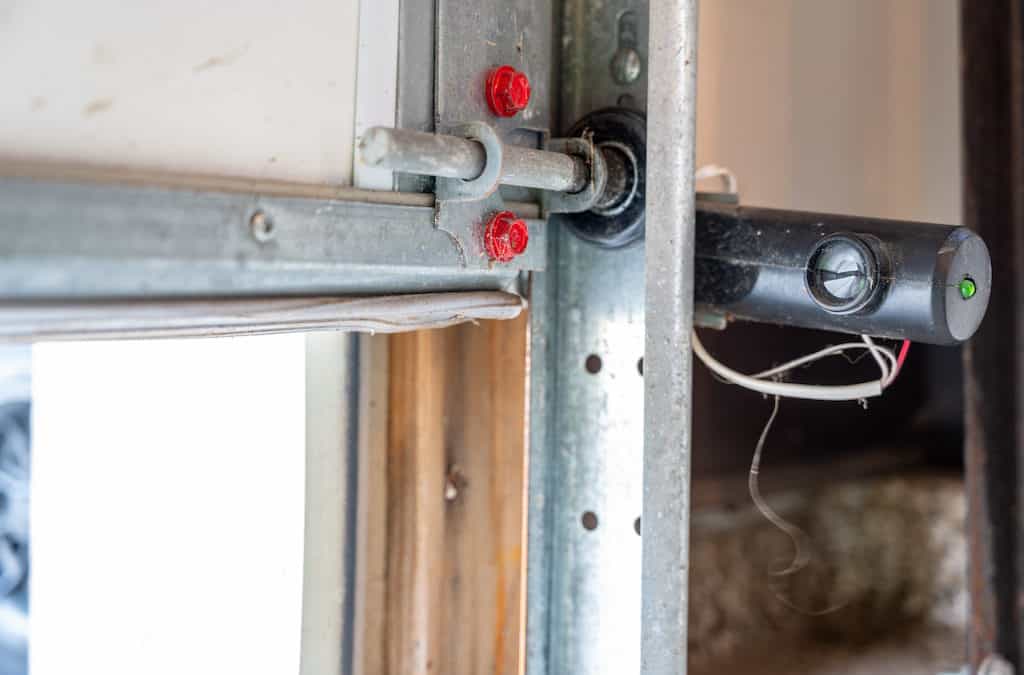5 Signs Your Commercial Garage Door Weather Stripping Needs Replacement
- Editorial Team
- July 3, 2024
- 5:42 am
- No Comments
Your commercial garage door is essential in safeguarding your business from the elements. One critical component that is often neglected is the weather stripping.
While it may seem inconsequential, weather stripping is vital for maintaining the integrity of your garage door’s seal.
Here are five signs indicating that your commercial garage door weather stripping requires replacement.
1. Visible Cracks and Gaps
The most obvious sign that your weather stripping needs replacing is visible cracks and gaps. Over time, weather stripping can become brittle and start to crack.
When this happens, it loses its ability to seal properly. If you notice any gaps or cracks, it’s time to replace the weather stripping.
Visible gaps can lead to energy loss as warm or cool air escapes, making your HVAC system work harder.
This not only increases your energy bills but also reduces the comfort level inside your building.
2. Water Leaks
If you see water pooling inside your garage after it rains, your weather stripping might be to blame. Good weather stripping should keep water out.
When it starts to fail, water can seep in, causing damage to your floor and anything stored in the garage. If you notice water leaks, inspect the weather stripping along the bottom of the door. If it’s worn or damaged, it’s time for a replacement.
Water damage can lead to mold and mildew, which are health hazards and can damage the structure of your building. Addressing this issue promptly can save you from costly repairs down the line.
3. Drafts
Drafts are a clear sign that your commercial garage door weather stripping is not doing its job. If you feel cold air coming through the bottom or sides of the door, the weather stripping is likely worn out. This can make it difficult to maintain a consistent temperature inside your garage, impacting both comfort and energy efficiency.
Drafts can also bring in dust, dirt, and pests, making your garage less clean and secure. Replacing the weather stripping will help seal out drafts and keep your garage well-insulated.
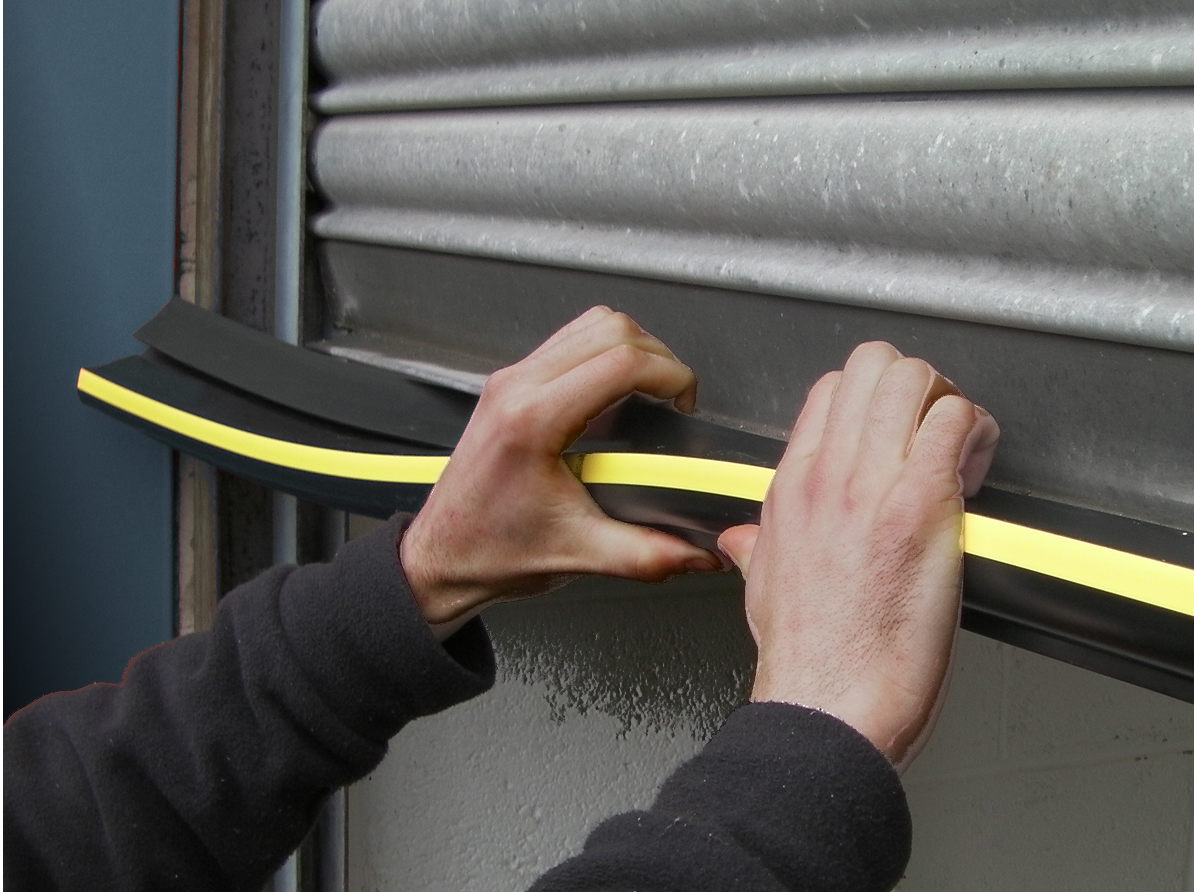
4. Increased Energy Bills
A sudden spike in your energy bills can be a sign that your weather stripping is no longer effective. When the weather stripping fails, it allows outside air to enter and conditioned air to escape.
This forces your heating and cooling systems to work harder, increasing your energy consumption.
If you’ve noticed an increase in your energy bills without any other explanation, it might be time to check the weather stripping on your commercial garage door.
Replacing it can help improve energy efficiency and reduce costs.
5. Difficulty Opening or Closing the Door
If your commercial garage door is harder to open or close, worn-out weather stripping could be the cause. When the weather stripping becomes old and brittle, it can create friction that makes the door stick.
This not only affects the operation of the door but can also put extra strain on the opener.
Regularly check the weather stripping and ensure it’s in good condition.
Replacing it when needed can keep your door operating smoothly and prevent wear and tear on the opener.
Time for a Weather Stripping Check-Up
Keeping an eye on your commercial garage door weather stripping is essential for maintaining a comfortable and efficient workspace. If you notice any of these signs, it’s time to replace the weather stripping to avoid further damage and expenses.
For professional help, Peter and Sons offer reliable services to ensure your commercial garage door is in top shape.
Visit Peter and Sons for more information on how they can assist you with your garage door needs.

